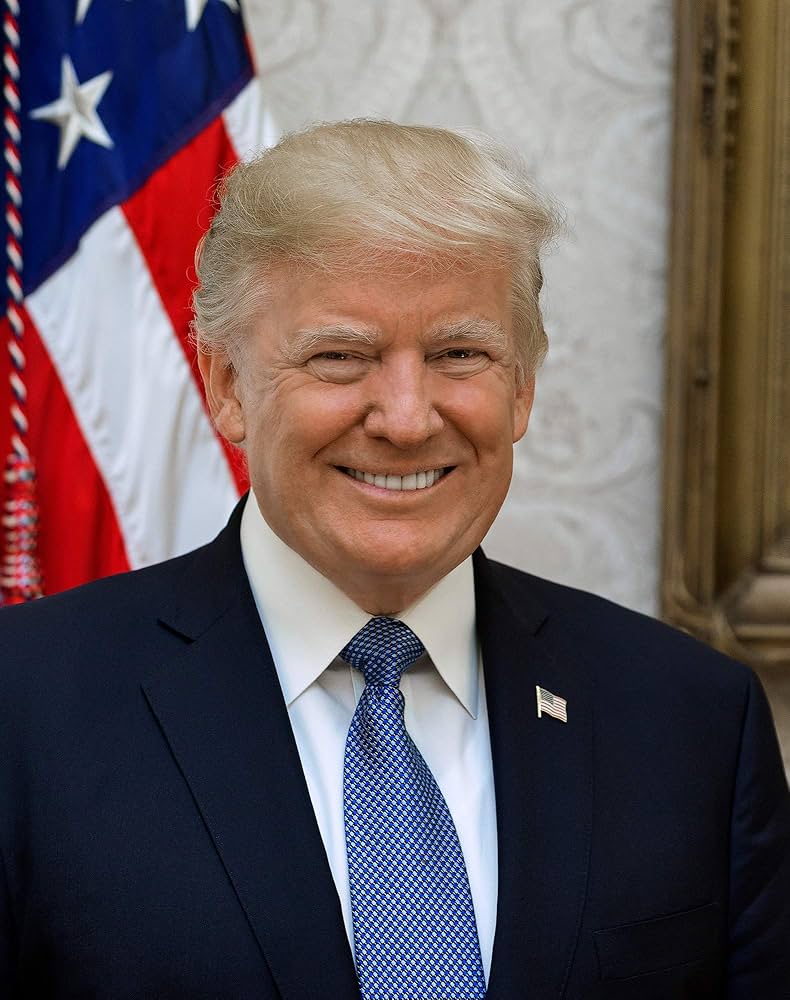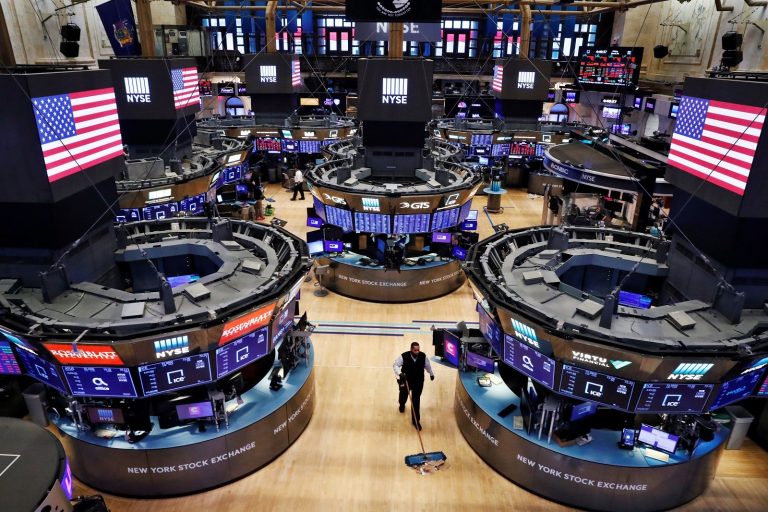President Donald Trump announced a 30% tariff on all goods imported from the European Union and Mexico, set to take effect on August 1, 2025. This bold move follows earlier tariffs on countries like Canada, China, and others, signaling a continuation of Trump’s aggressive trade policy. Aimed at addressing trade deficits and issues like fentanyl trafficking, these tariffs have sparked debates about their potential to disrupt global trade and impact U.S. consumers and businesses. Here’s an in-depth look at what these tariffs mean for the U.S. economy and financial markets.
What Are the New Tariffs?
The newly announced 30% tariffs target all imports from the EU and Mexico, two of the U.S.’s largest trading partners. Trump’s rationale includes reducing the trade deficit with the EU and curbing illegal activities, such as fentanyl smuggling, from Mexico. Earlier this year, Trump imposed tariffs on countries like Canada (35%), Japan, South Korea, and Brazil, with some carveouts, such as for Canadian oil. These tariffs are part of a broader strategy to pressure trading partners into concessions, with Trump claiming they will generate significant revenue for domestic tax cuts.
Economic Implications
Economists warn that tariffs could lead to higher consumer prices, as import taxes often cascade through supply chains. For example, toy manufacturer Mattel has already announced price increases on U.S. toys due to tariffs on Chinese imports, a trend likely to extend to EU and Mexican goods. The World Bank recently cut its 2025 global growth forecast to 2.3%, citing tariffs as a “significant headwind” for economies worldwide. In the U.S., rising inflation is considered inevitable, with price hikes expected by late summer 2025. However, some sectors, like a small Mexican company producing industrial components, have seen business spikes due to reduced Chinese competition.
Market Reactions
Despite the tariff announcements, Wall Street has remained resilient, with the S&P 500 showing only a 0.3% dip and trading flat for the week of July 12, 2025. This follows a dramatic 12% stock market drop in April after earlier tariff proposals, which also caused a sharp rise in 30-year Treasury bond rates. Some investors believe Trump’s tariff threats may not fully materialize, as seen in past delays, leading to terms like “TACO” (Trump Always Chickens Out). Others, like JPMorgan CEO Jamie Dimon, urge caution, warning that tariffs could disrupt economic stability if mismanaged.
Global Trade Dynamics
The tariffs have strained relations with key allies. The EU and Mexico may retaliate with their own tariffs, potentially escalating into a broader trade war. Earlier this year, the U.S. and China reached a temporary agreement to ease some trade restrictions, but the new tariffs could undo such progress. Trump’s approach treats tariffs as a diplomatic tool, but critics argue this risks isolating the U.S. economically.
What’s Next?
With the August 1 deadline approaching, businesses and consumers are bracing for potential price increases. Investors are watching for signs of whether Trump will follow through or open negotiation windows, as he did after April’s market turmoil. The outcome will likely shape U.S. trade policy and economic performance through 2025.
Conclusion
Trump’s 30% tariffs on EU and Mexico imports mark a significant escalation in his trade strategy, with far-reaching implications for the U.S. economy and global markets. While some see potential for domestic industry growth, the risks of inflation and trade retaliation loom large. Stay tuned for updates as the August 1 deadline nears.
Trump’s New Tariffs on EU and Mexico: Economic Impacts and Market Reactions
















Leave a Reply